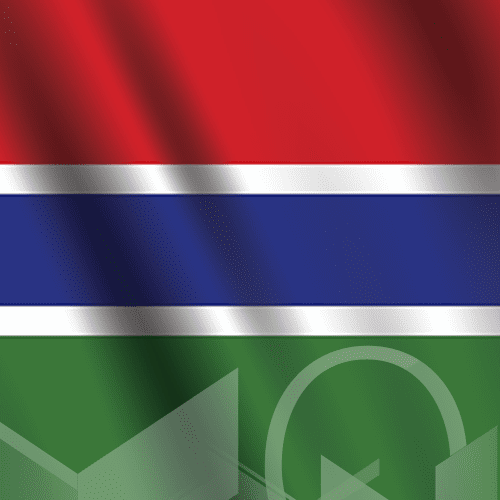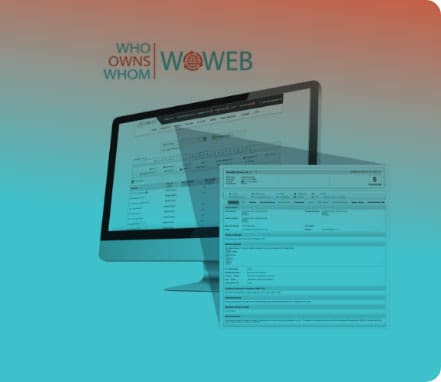
Filter
Sample Reports
Related Links
Gambia
The Gambia is a country on the west African coast almost completely enclosed by Senegal. It has a land mass of 11,300km², a coastline of 80km, a population of 2.6 million people and a GDP of US$2.0bn.
The Gambia’s economy has displayed remarkable resilience in the face of global economic, with real GDP growth of 4.3 % in 2022, signalling a continued recovery from the impact of the pandemic.
GDP is projected to grow by 5.5% over 2023-2025. Growth will be supported by increased economic activity across sectors, particularly in industry and services. However, risks such as a prolonged war in Ukraine, fiscal slippages, climate change, and political uncertainty pose downside risks to the country\'s economic prospects, exacerbating existing structural constraints to the economy.
The Gambia was ruled for over two decades by former president Yahya Jammeh, who first seized power in a military coup and consistently violated political rights and civil liberties. The 2016 election resulted in a surprise victory for opposition candidate Adama Barrow. Respect for fundamental freedoms including the rights to free assembly, association, and expression initially improved under the Barrow administration, but it has faced criticism for continued corruption.
Sources: Who Owns Whom sector reports, CIA Factbook, African Development Bank, World Bank, Trading Economics, African Statistical Yearbook and IMF. ?>
Company Profile
There is no data available at the moment
Sector Research
There is no data available at the moment


